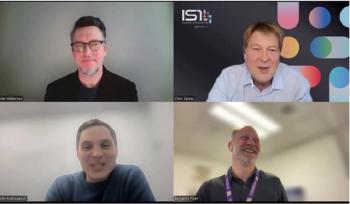
Rice University Scientists Develop Method to Control Infectivity of Viruses
Scientists at Rice University have developed a method to control the infectivity of viruses and gene delivery to the nuclei of target cells.
Scientists at Rice University have developed a method that uses light to control the infectivity of viruses and gene delivery to the nuclei of target cells. The method uses two shades of red light to control the level and spatial distribution of gene expression in cells via an engineered virus.
"Viruses in general are relatively efficient at delivering genes into cells, but they still experience great limiting barriers," said Junghae Suh, a Bioengineer at the Rice University labs, in a press release. "If you add these viruses to cells, most of them seem to hang out outside of the nucleus, and only a small fraction make their way inside, which is the goal."
The scientists at Rice built custom adeno-associated virus (AAV) vectors by incorporating proteins that naturally come together when exposed to red light, and break apart when exposed to far red. These naturally light-responsive proteins help the viral capsids-the hard shells that contain genetic payloads-enter the host cell nuclei.
"Light is really nice because you can apply it externally and you can control many aspects: at what areas the light is exposed, the duration of exposure, the intensity of the light and, of course, its wavelength," Suh said.
The protein pair comprises phytochrome B and its binding partner phytochrome interacting factor 6 (PIF6), found in thale cress. The researchers generated host cells that express phytochrome B tagged with a nuclear localization sequence, a small peptide known to help shuttle proteins into the nucleus more effectively. The smaller PIF6 was then attached to the outside surface of the virus capsid. This is the first time optogenetic proteins have been used to control the infectivity of viruses.
"When the viruses get internalized into a host cell, they accumulate around the nucleus naturally," Suh said. "Under nonactivated conditions, most of the viruses are stuck there. But when we shine activating red light on the cells, these two plant proteins dimerize-they come together-and because of the nuclear localization tag on the phytochrome B, the virus is dragged into the nucleus."
According to Suh, the platform may be used in the future to control what cells and tissues express, and at what level. The strategy could also find use in tissue-engineering applications like bioscaffolds for implantation.
Source:
Newsletter
Stay at the forefront of biopharmaceutical innovation—subscribe to BioPharm International for expert insights on drug development, manufacturing, compliance, and more.





